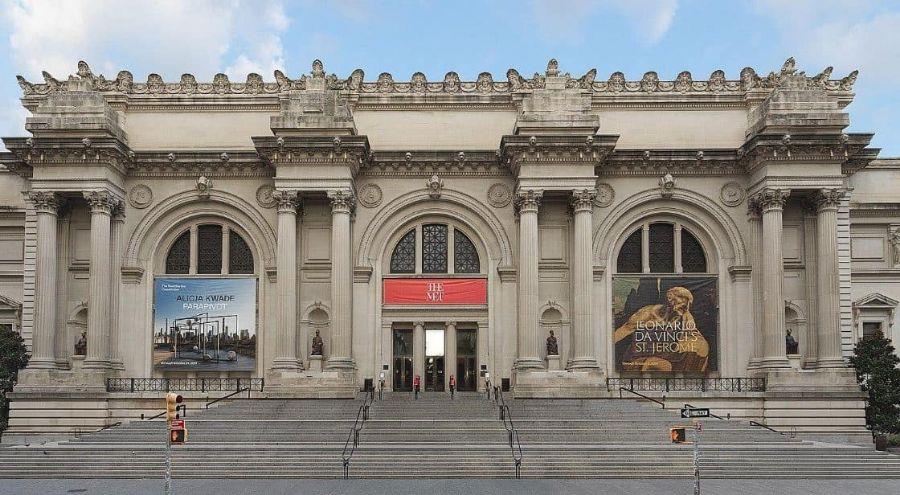By Bart Boehlert
A visitor to the Metropolitan Museum of Art will delight in the art and objects on view and the grandeur of the large galleries but will rarely notice the guard standing in the corner in a navy blue suit, carefully watching that the works remain safe. Quiet and receding, occasionally answering a question on directions, the more than 500 guards at the Met almost seem invisible as they monitor their domain. But one of them was taking notes. Patrick Bringley worked at the Met as a guard for ten years and has now written a book, “All the Beauty in the World,” about his experience working inside one of the world’s great art museums.

Bringley had a job in the promotions department at The New Yorker when his older brother Tom was diagnosed with cancer and then passed away. Unable to return to the corporate world and scramble up the ladder in his grief, he wished to apply “for the most straight forward job I could think of in the most beautiful place I knew,” he writes. So Bringley joined the ranks of the guards at the Met with its collection of 2 million objects and 7 million visitors a year. “I had lost someone. I did not wish to move on from that. In a sense I didn’t wish to move at all. My heart is full, my heart is breaking, and I badly want to stand still awhile.”

And stand he did for ten years, describing four-day work weeks made up of two twelve-hour days and two eight-hour days, often on brutally unforgiving marble floors. While some might find that boring and torturous, Bringley was constantly fascinated by the art works in the galleries he was assigned to on a rotating basis. He takes notes in a small notebook and brings the reader along on posts throughout the building, writing at length about a wide range of works from the Old Masters to Picasso to Michelangelo to American quilts. As such the book becomes a walking contemplation on art. “I relish the meditative process,” Bringley writes. “I find myself happy to be going nowhere.” In experiencing the great beauty of a picture that he doesn’t understand, he describes the “peculiar power of art.”
“I couldn’t discharge the feeling by talking about it…my response to the picture was trapped inside me, a bird fluttering in my chest.” It offered an escape from the grief of his loss.

This writer experienced a similar loss one year ago when my beloved younger brother Eric died in an accident, which was unimaginable for myself and my family. People suggested listening to podcasts about grief, which is very hard to do when you’re in the middle of it, but I managed to get through a few. A common theme was “choose joy.” Go towards things that make you happy to assuage the grief. For me, that is art, and I’m lucky to live in a city with lots of it -- visual, performing and literary. Not long after my brother died, I found myself at the Metropolitan Museum viewing the Winslow Homer exhibit, which I wrote about for this website. I was powerfully moved by the beauty of Homer’s paintings – I had a bird fluttering in my chest. Like Bringley, the Met is a spiritual home for me.
In the years covered in the book, Bringley gets married (“The day of my brother’s funeral was meant to be my wedding day”) and becomes a father. The demands on his time change, and after ten years, he decides to hang up his suit and leave the Met. But wherever he goes, he brings with him the vast knowledge of the art history he learned while at the museum, and the solace and comfort he found there in the wake of a tragedy.

